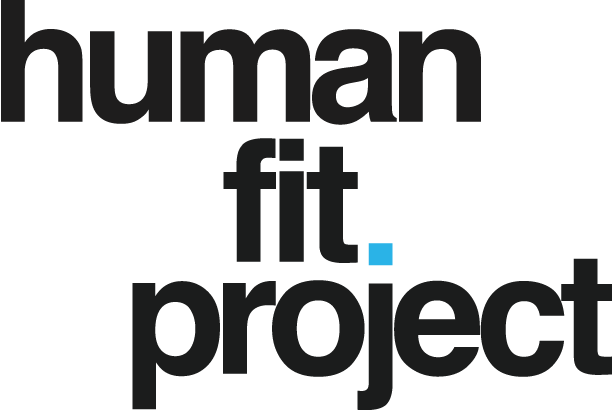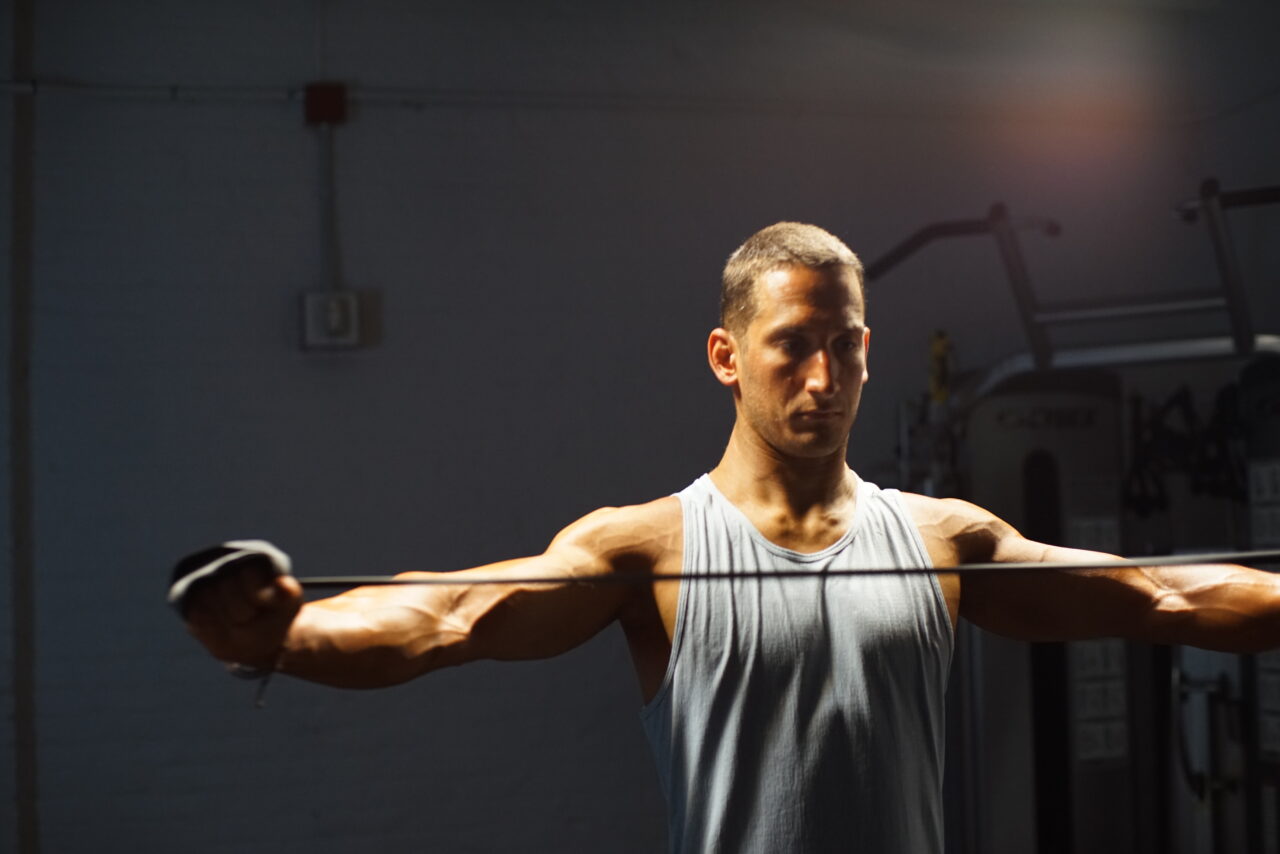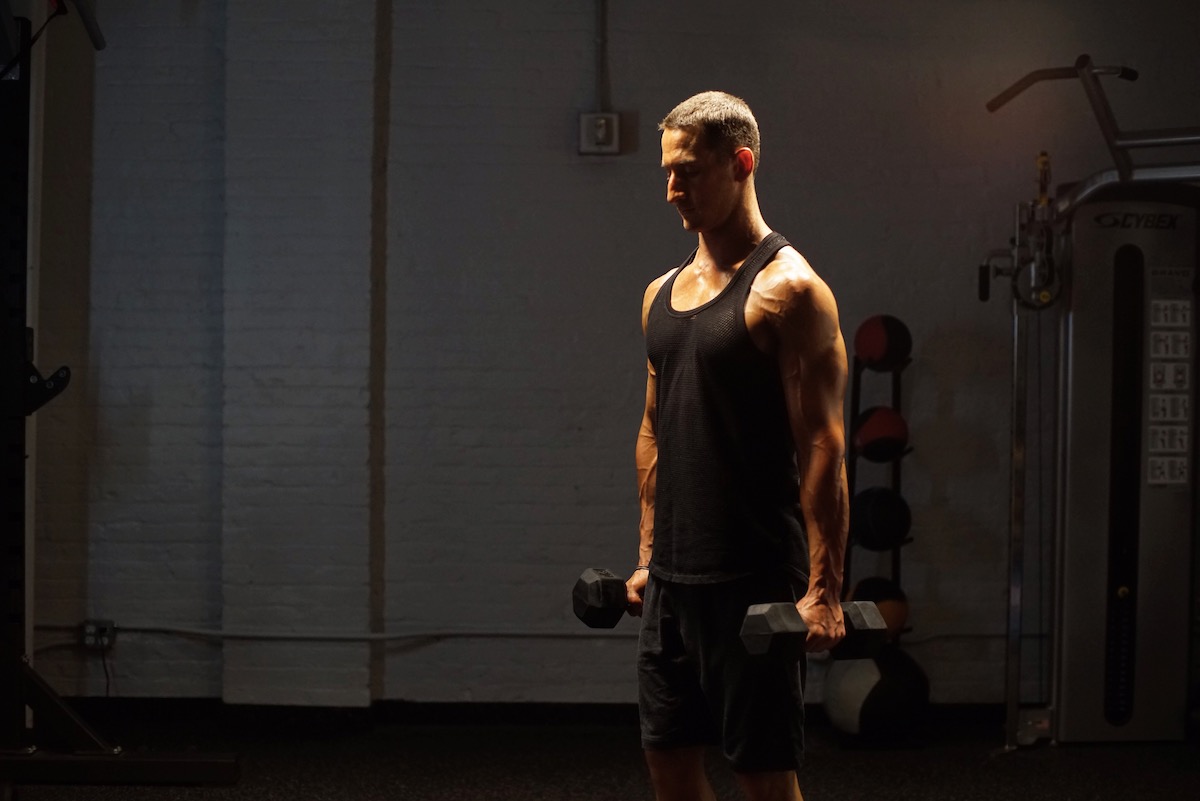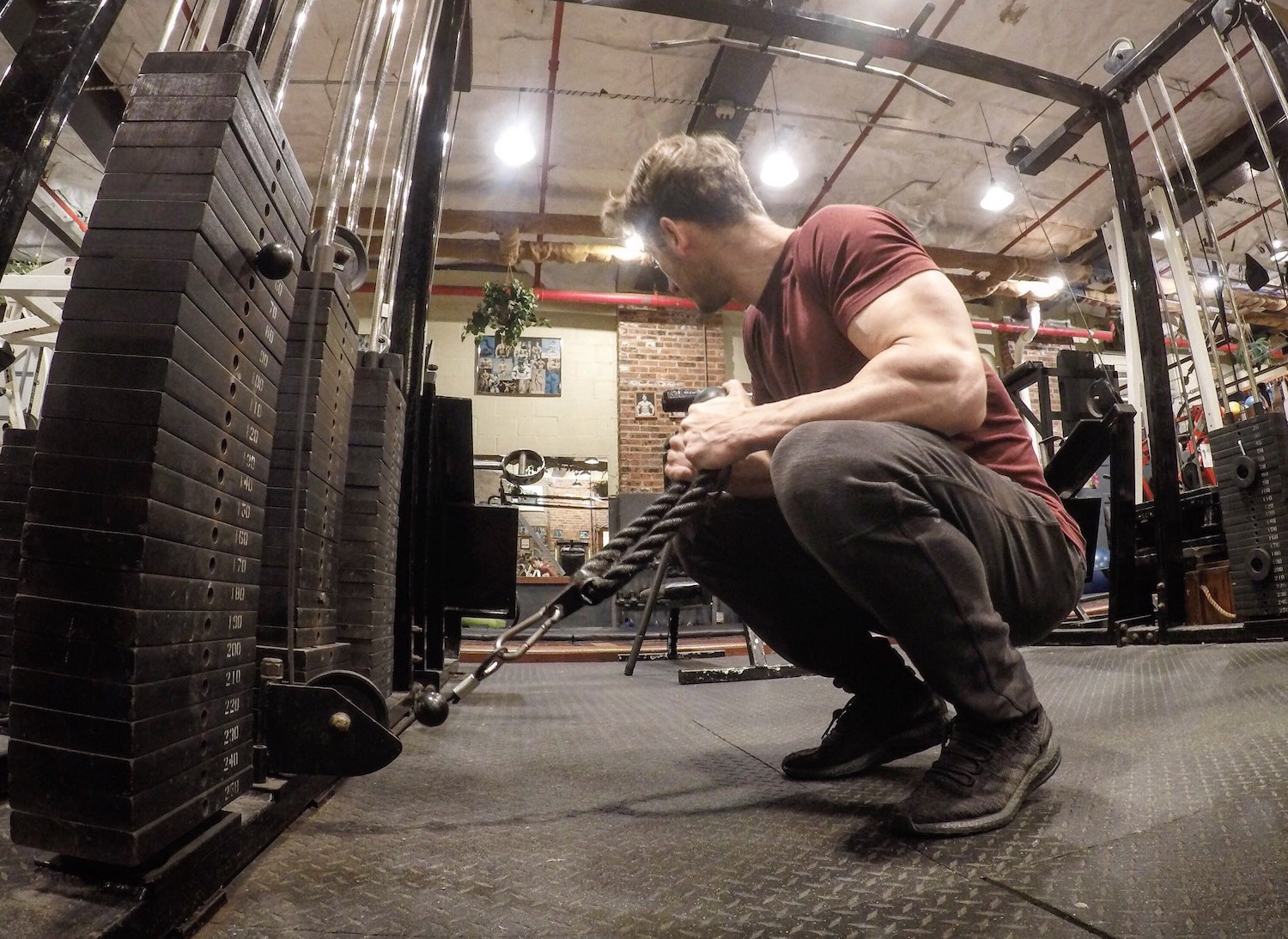We have been answering questions about working out, fitness, and wellness for more than a decade. We’ve published articles, workout plans, meal plans, plus tips on mental fitness, productivity, and longevity, you name it.
Our knowledge base is a combination of personal experiences and experiments along with learnings from the hundreds of interviews and collaborations with other coaches, trainers, physicians, and wellness practitioners over the years.
You may also like: 35+ free workout plans for different goals and ability levels
Over these years we’ve fielded countless questions about working out and everything in between. Below is a list of 21 of the most frequently asked ones.
Have a question you want answered? Let us know on Instagram (@humanfitproject)
The Questions About Working Out We Hear the Most
Click the link on the question for the longer answer.
1. How do you stay motivated?
Short answer: You’ve got to have goals that are measurable and time-bound. And motivation must come within, not from someone or something else.
2. How do I get back into working out after taking time away?
Short answer: Don’t get caught up talking about restarting, just restart, but build up slowly.
3. I haven’t worked out in years — how do I get strong and lean?
Short answer: Similar to the above, find a program, start slow, and get into a consistent schedule. Good news about restarting after a long time off, you’ll see results fairly quickly.
4. How long does it take to see results from a workout plan?
Short answer: Depends on the goal, your adherence, nutrition, and mindset, but you generally speaking, you can start to see noticeable improvements in body composition and performance around a month.
5. What are the best exercises to get abs?
Short answer: Too many to list, but the most important factor is making sure you’re hitting them from every angle.
6. Are bodyweight workouts enough to get fit?
Short answer: Yes, but if you want to pack on muscle and build actual strength and not just muscular endurance, you’ll need to start throwing around some weights.
7. How often can I have a cheat meal?
Short answer: Depends on how well you know how your body reacts to food.
8. Is cardio the best way to lose weight?
Short answer: Nope. Strength training will make it a whole lot easier.
9. Why does my low back ache?
Short answer: It could a million things, but it’s highly possible it’s a weak core. That’s very fixable.
10. What supplements should I be taking?
Short answer: You’re going to see the most results from consistent exercise and a healthy diet. That’s not to say supplements can’t help, but it’s a very small percentage.
11. I think I eat healthy, but why can’t I lose weight?
Short answer: “Healthy” is different than conducive for weight loss. For example, avocados are incredibly healthy, but they are high in fat and if you’re eating 100 avocados in a day, you’re eating too much fat. Same applies for anything else. Portion control is key.
12. How much do I need to warm up before a workout?
Short answer: Five to 10 minutes or so. Just enough to loosen up. Make sure to move dynamically and save the static stretching for the end of your workouts.
13. What is the best way to cure sore muscles?
Short answer: Good nutrition, hydration, and gentle movement is the best course of action, but there are some other things that could help a little.
14. What should I order at restaurants?
Short answer: Watch out for dressings, sauces, glazes, oils, etc. Chances are the carbohydrate portions will be too much as well.
15. When is the best time to workout, morning or night?
Short answer: Whenever works for your schedule to be consistent.
16. What kind of strength training should I do if I run a lot?
Short answer: Definitely a couple days per week to keep your muscles strong to avoid injury. It may take some guessing and testing to find the right balance for you.
17. How do I stop food cravings?
Short answer: Eat small amounts throughout the day.
18. Why do you do barefoot workouts?
Short answer: Because I like the primal feel to it.
19. Can I do strength training and cardio in the same workout?
Short answer: Yes, but you’ll need to find the right balance as it can be counterproductive or cause you to overtrain.
20. Why are there different sets, reps, and rest in a workout plan?
Short answer: Depends if you’re focusing on strength, power, endurance, hypertrophy.
21. Do I need to work out to failure to see results?
Short answer: Depends. Constantly training to failure can be overtaxing and hurt recovery, but not training to failure could mean you’re not pushing or challenging yourself enough to see gains.
Looking to put all your new-found knowledge into action? Commit to one of our 35+ free workout plans for different goals and ability levels.









